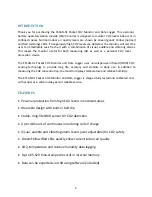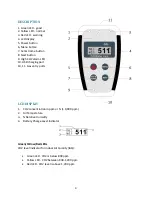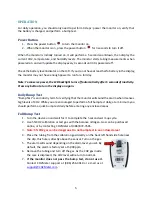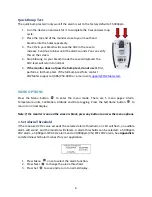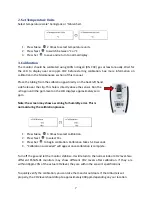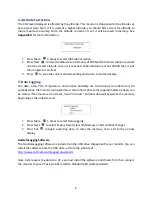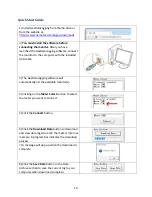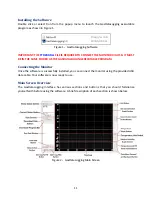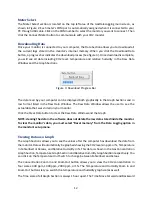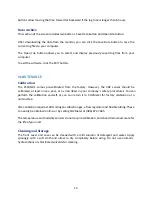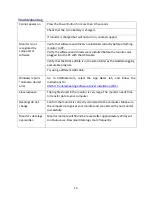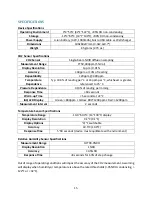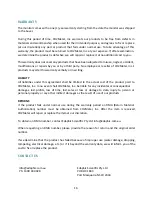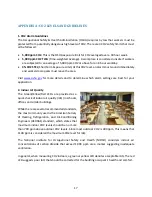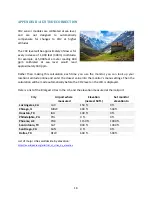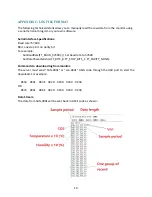
17
APPENDIX
A:
CO2
LEVELS
AND
GUIDELINES
1. CO2
Alarm
Guidelines
The
Occupational
Safety
&
Health
Administration
(OSHA)
requires
by
law
that
workers
must
be
protected
from
potentially
dangerous
high
levels
of
CO2.
There
are
3
CO2
safety
limits
that
must
all
be
followed:
5,000
ppm
CO2
.
This
is
the
OSHA
exposure
limit
for
CO2
averaged
over
a
40
hour
week.
5,000
ppm
CO2
TWA
(Time
‐
weighted
Average).
A
workplace
is
considered
unsafe
if
workers
are
subjected
to
an
average
of
5,000
ppm
CO2
or
above
for
an
8
‐
hour
workday.
3%
CO2
STEL
(Short
Term
Exposure
Limit).
At
this
CO2
level,
an
alarm
must
sound
immediately
and
workers/occupants
must
leave
the
area.
Visit
www.osha.gov
for
more
details
and
to
determine
which
alarm
settings
are
best
for
your
application.
2. Indoor
Air
Quality
The
Green/Yellow/Red
LEDs
are
provided
as
a
quick
check
of
indoor
air
quality
(IAQ)
in
schools,
offices
and
similar
buildings.
While
there
are
several
recommended
standards,
the
most
commonly
used
is
the
American
Society
of
Heating,
Refrigeration,
and
Air
‐
Conditioning
Engineers
(ASHRAE)
standard,
which
states
that
maximum
indoor
CO2
levels
should
be
no
more
than
700
ppm
above
outdoor
CO2
levels.
Since
most
outdoor
CO2
is
400
ppm,
this
means
that
1100
ppm
is
considered
the
maximum
CO2
level
for
IAQ.
The
National
Institute
for
Occupational
Safety
and
Health
(NIOSH)
considers
indoor
air
concentrations
of
carbon
dioxide
that
exceed
1,000
ppm
are
a
marker
suggesting
inadequate
ventilation.
In
general,
when
measuring
CO2
indoors,
a
green
or
yellow
LED
denotes
acceptable
IAQ.
The
red
LED
suggests
poor
IAQ
that
should
be
corrected
for
the
building
occupant’s
health
and
comfort.

